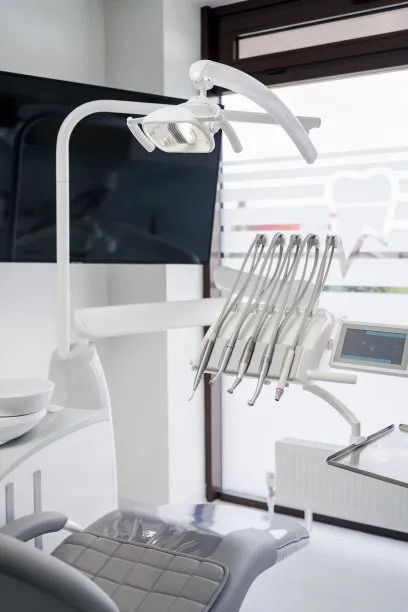Considerations and Steps for a Smooth Tooth Extraction Experience for Patients and Dentists
Summary: Tooth extraction, while often necessary, can be a daunting experience for many patients. Therefore, both practitioners and patients must take essential considerations into account to ensure a smooth process. Key issues, including effective communication between dentist and patient, comprehensive pre-extraction preparations, managing post-extraction care, and understanding the extraction techniques are vital. This article delves into these four pivotal aspects, offering insights and practical steps for both patients and dentists to navigate the tooth extraction experience more effectively. By aligning their expectations and understanding the procedure comprehensively, a less stressful and more successful tooth extraction can be achieved, leading to better overall health outcomes.
1. Effective Communication Between Dentist and Patient

Effective communication lays the groundwork for a smooth tooth extraction experience. Both parties must engage in an open dialogue where concerns and anxieties are addressed. Dentists should encourage patients to express their fears and previous dental experiences, which can provide valuable context for tailoring the extraction process. This approach fosters trust and reassures patients that their concerns are being taken seriously.
Additionally, the dentist should clearly explain the tooth extraction procedure, outlining what patients should expect before, during, and after the operation. This includes discussing anesthesia options, potential discomfort, and recovery timelines. By demystifying the process, patients feel more in control and less anxious about the procedure.
Moreover, providing informational resources such as pamphlets or videos can be beneficial. Visual aids help patients visualize the extraction process, making it easier for them to understand each step. Ultimately, effective communication creates a positive environment, crucial for a successful extraction.
2. Pre-Extraction Preparations for Patients
Preparing for a tooth extraction is essential for ensuring the best possible experience. Patients should be informed about preoperative requirements, including dietary restrictions, especially in cases where anesthesia is involved. Knowing what to eat or drink before the procedure helps patients feel more comfortable and ready for the extraction.
Furthermore, its advisable for patients to arrange transportation to and from the dental office for safety reasons. Post-extraction effects may hinder their ability to drive or travel on public transport. Coordinating with a friend or family member can alleviate potential stressors associated with transportation.
Lastly, patients should compile a list of medications they take. Such information is critical for the dentist to assess potential complications and provide personalized care. An accurate medication history helps avoid adverse reactions during or after the procedure.
3. Managing Post-Extraction Care Instructions
Post-extraction care is vital in ensuring swift recovery and minimizing complications. Dentists should offer clear, step-by-step instructions on aftercare, including how to manage bleeding, swelling, and pain. Patients should know when to apply ice packs and how long to keep them on to alleviate swelling.
In addition, detailing the importance of avoiding strenuous activities for a few days post-extraction is necessary. Patients who engage in heavy lifting or exercise too soon risk dislodging blood clots, leading to prolonged healing times and added discomfort.
Lastly, dentists should remind patients to observe signs of infection, such as fever or excessive swelling. An understanding of when to seek further assistance equips patients with the knowledge to respond appropriately, ensuring their recovery is as smooth as possible.
4. Understanding Tooth Extraction Techniques and Procedures
Knowledge about the various tooth extraction techniques is essential for both patients and dentists. The two primary methods are simple and surgical extractions. Patients must understand the distinction between them, as the complexity of the extraction influences post-operative care and healing times.
For a simple extraction, where a tooth is visible above the gum line, the procedure is relatively straightforward. Conversely, surgical extractions involve impaction or other complications and may necessitate a more extended recovery. Understanding the method helps manage patients expectations appropriately.
Additionally, discussing anesthesia options is crucial. Patients should be well-informed about local anesthesia versus sedation options, ensuring they choose the best comfort level for their needs. Being aware of what to expect during the anesthesia process further contributes to a calmer extraction experience.
Summary:
In summary, a smooth tooth extraction experience depends on proactive preparations and effective communication between dentists and patients. Establishing trust, fostering an informative dialogue, and preparing adequately pre- and post-extraction are key to alleviating stress and ensuring successful outcomes. By adhering to these considerations and steps, both parties can navigate the extraction process comfortably, leading to a favorable recovery and improved oral health.
This article is compiled by Vickong Dental and the content is for reference only.



